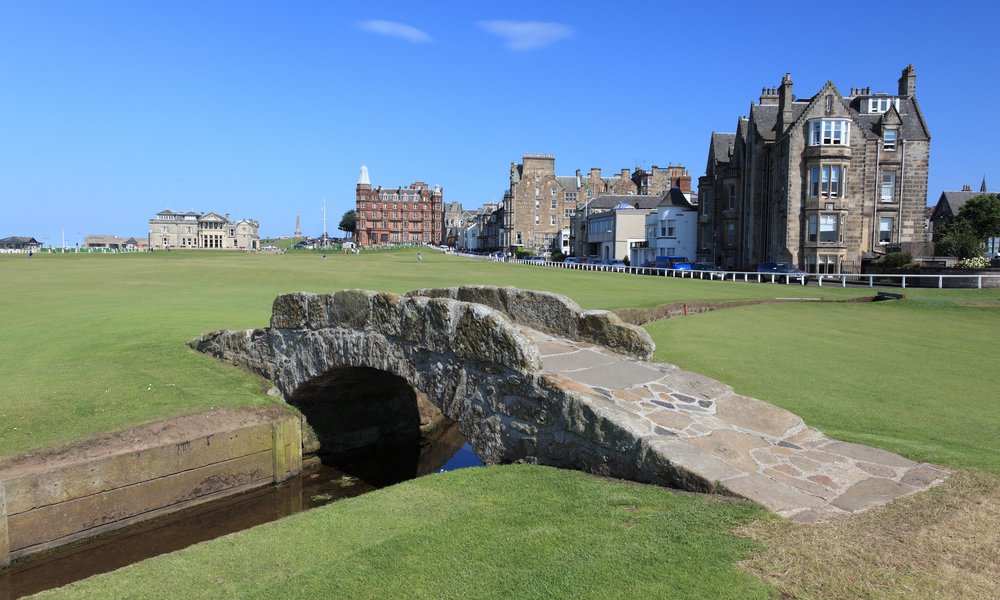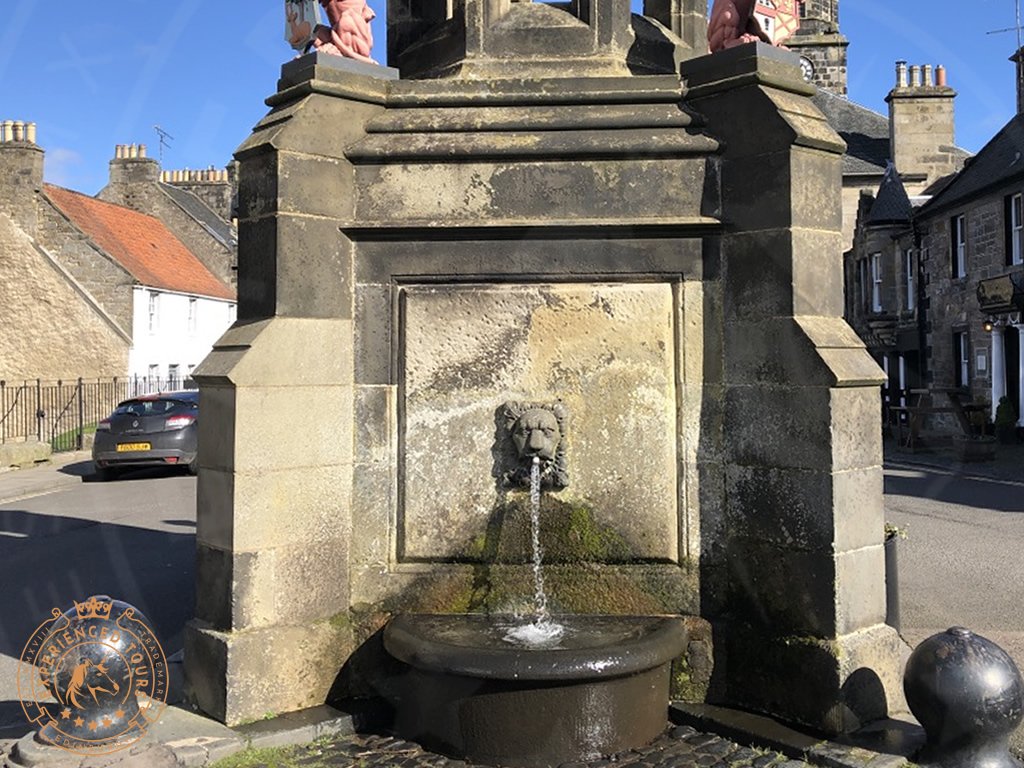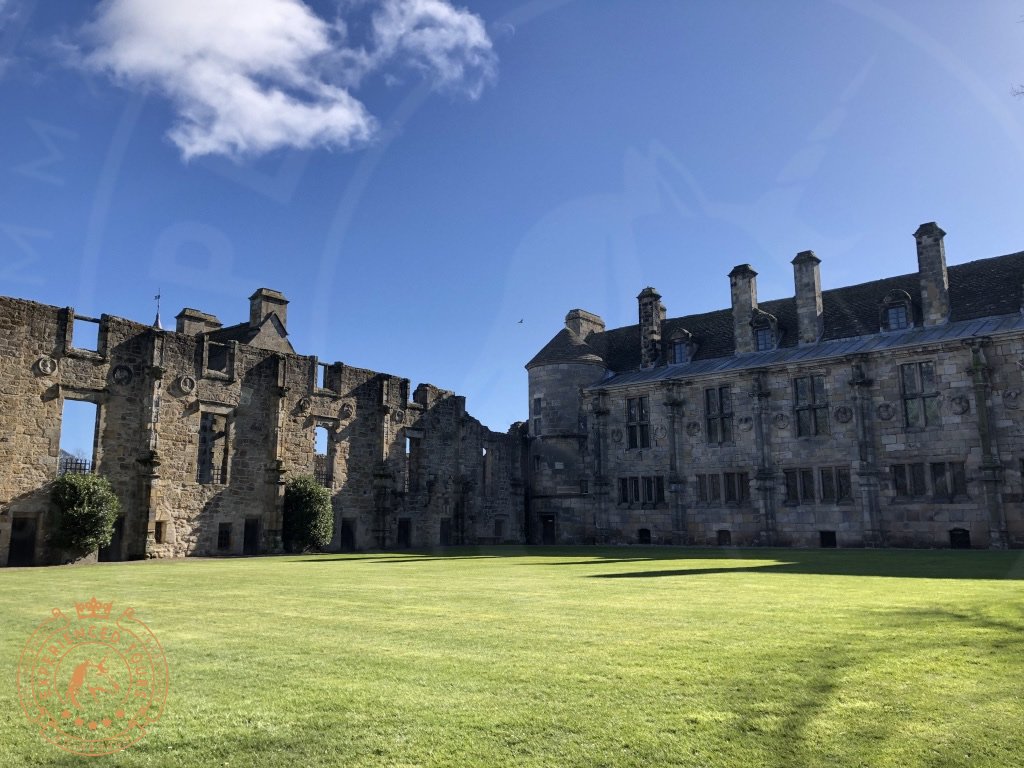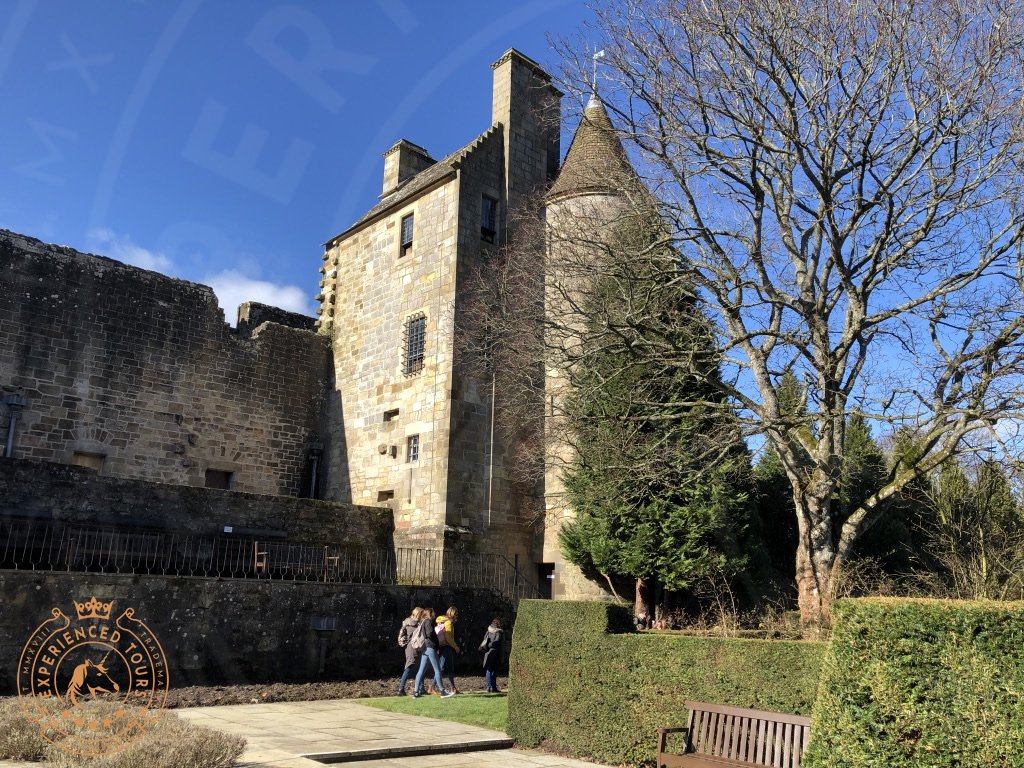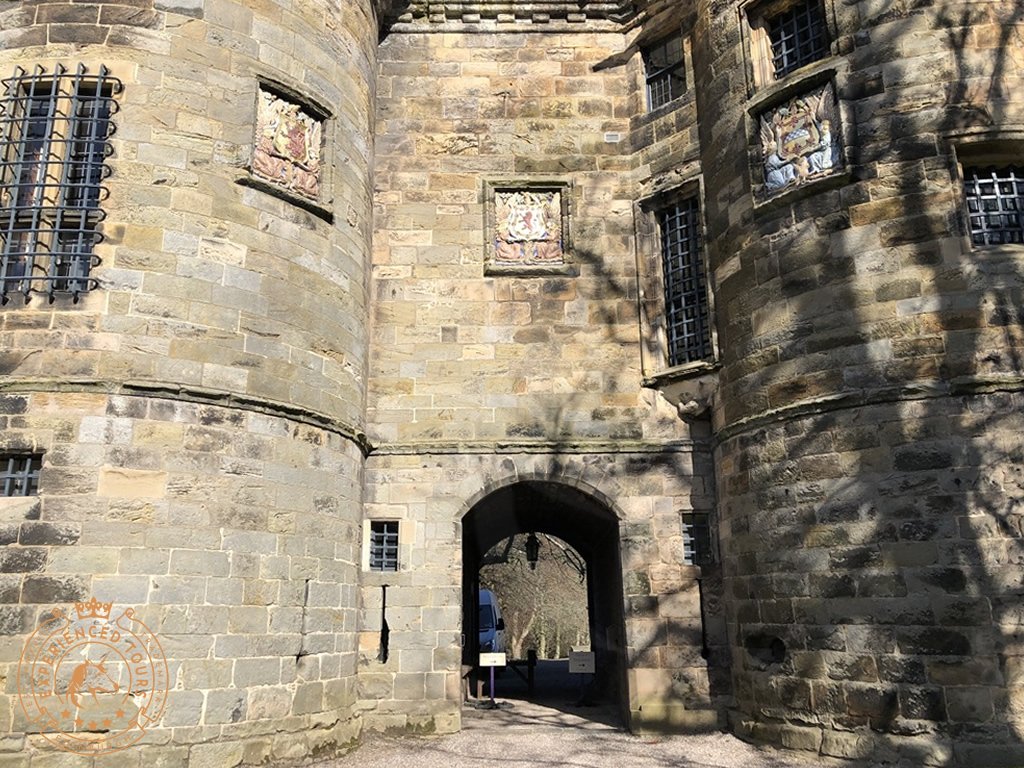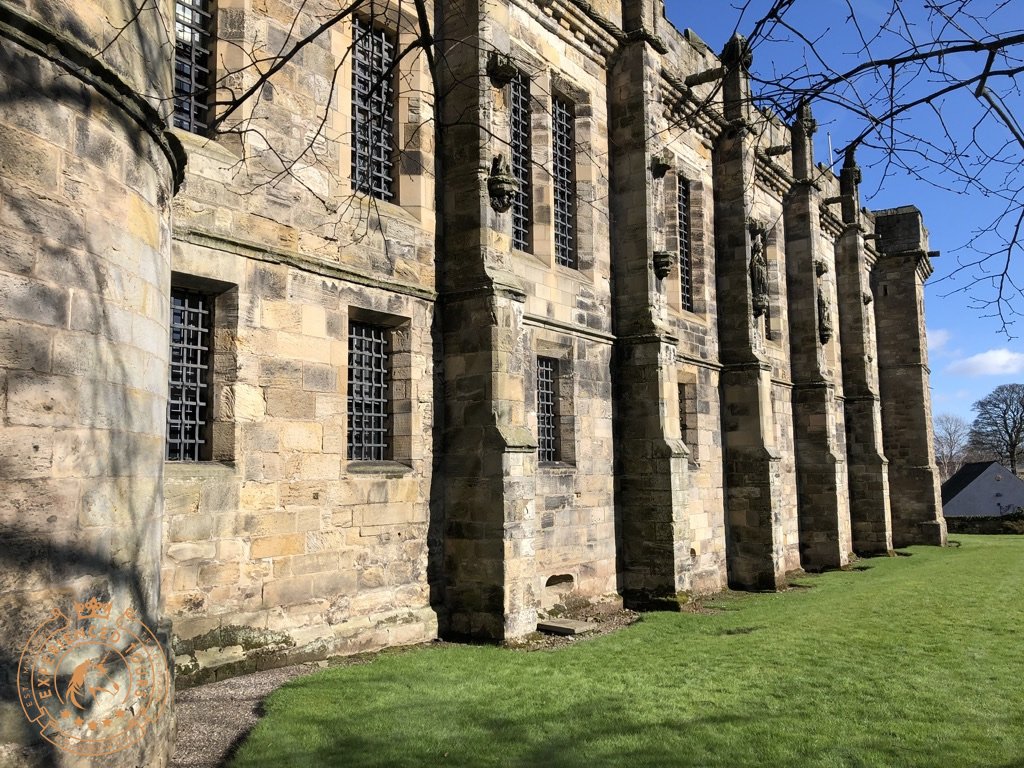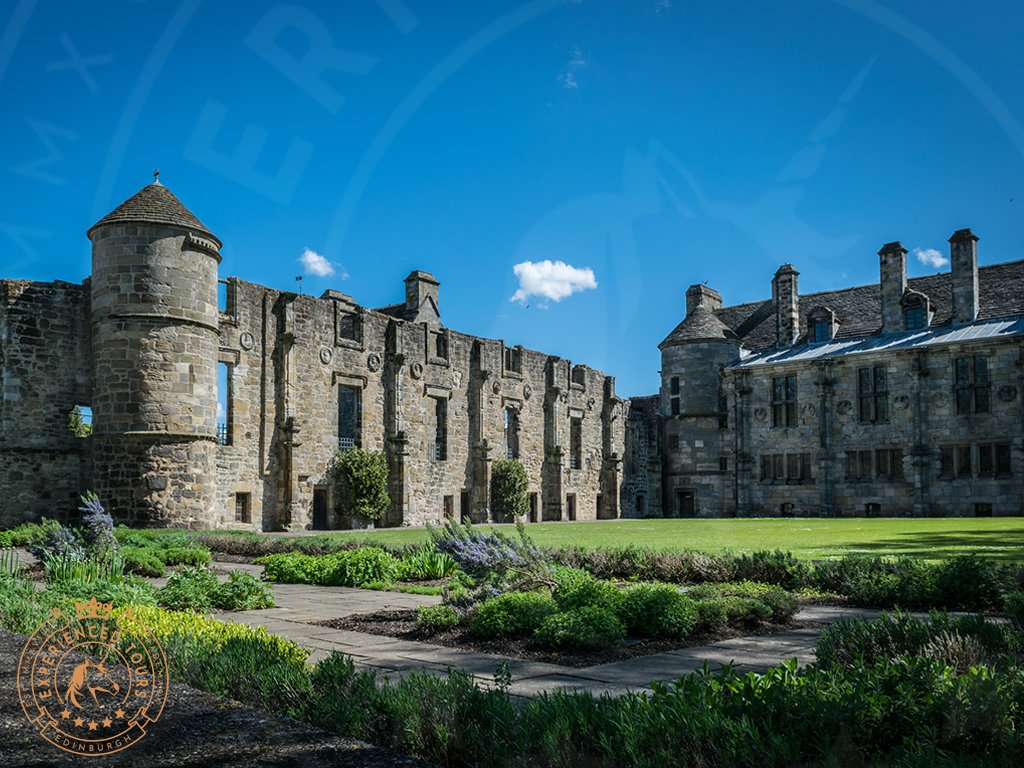Falkland Palace and Gardens
Falkland Palace is a French Renaissance style historic hunting lodge situated in the foothills of the Lomond hills in The Kingdom of Fife. The retreat of the then Scottish Royal Family, it is a fascinating visit and offers a unique insight into the Stuart House way of life.
Originally constructed in the 12th century, the Palace has seen many changes throughout history. The Palace was extended many times and the grounds continued to grow into the Fife countryside. The great hall was burnt down by a fire during occupation by Oliver Cromwell’s troops as he sought to find and arrest Edward II. The fire, which was started in the kitchens underneath the great hall was a suspected arson as the English campaign of sacking royal residences in Scotland intensified, however there is little evidence and record keeping at the time was poor.
A gatehouse tower was added and became the main residence of the Palace, which is the main entrance today. The beautiful chapel, that was used as Baracks by Cromwell and later as a store room for local residences has been lovingly restored by the Marquis of Bute and is complete with original wood panelling, Minstrels gallery and stunning stained glass make this one of the best preserved chapels in Scotland. Many of the walls of the Palace are adorned with intricate tapestries and paintings of Royals and the families who still live as the Hereditary Keepers.
Falkland also boasts a Royal or ‘Real’ tennis court, built in 1539 and one of the oldest surviving examples and the oldest in continuous use anywhere in the world. Mary was a keen tennis player and visitors can recreate the experience on the courts that are found in the gardens.
In 1887 the 3rd Marquis of Bute purchased Falkland estate including the ruined Palace. He invested heavily in the project and many features in and around the Palace show evidence of his philanthropy.
James V (James IV Son and father of Mary, Queen of Scots) died at Falkland after receiving fatal injuries at the Battle of Solway Firth and lay to rest for almost a month before being buried at Holyrood Abbey in Edinburgh.
By far Falkland’s most famous resident, Mary Queen of Scots used the lodge to pursue field sports, archery, hunting and falconry. Mary was considered a radical of her day by locals, dressing in men’s clothes, refusing to ride side saddle and behaving in, what was considered in the day to be an unladylike manor. Despite her potentially uncouth behaviour, she was a popular visitor to Falkland throughout her reign as Monarch of Scotland.
Falkland Palace still forms part of the Royal Estate and Queen Mary and Queen Elizabeth have both visited. It is a fascinating visit and highly recommended whilst on a tour of the area.
Falkland Palace
Falkland
Near Cupar
Fife
KY15 7BY
www.nts.org.uk
Open between 1st March and 31 October annually
Private tours that visit this location:
